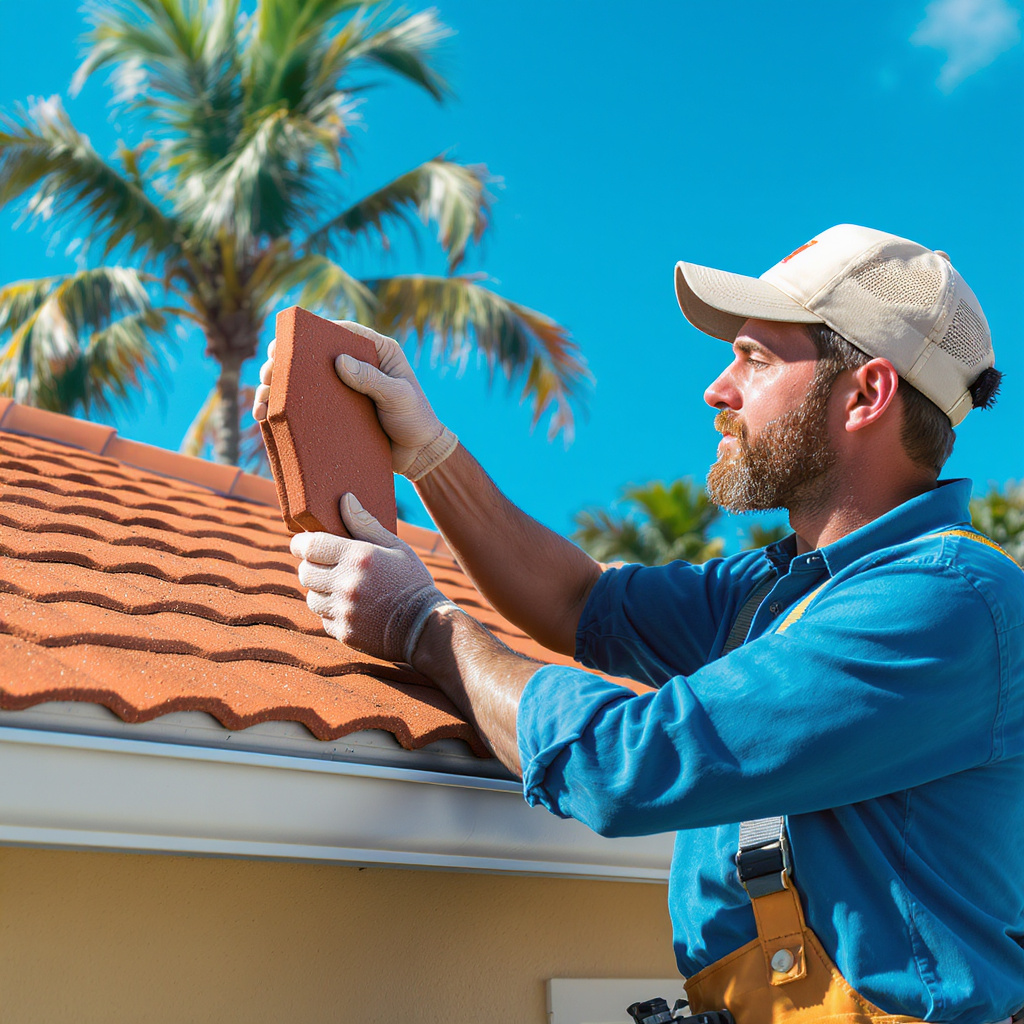
What: We’re exploring how to select roofing materials that stand up to Miami’s intense sun, high humidity and hurricane-force winds. Your choice affects durability, energy bills and long-term maintenance.
Why: South Florida sees over 60 inches of rain annually, relentless UV exposure and wind gusts above 150 mph. The right roof delivers:
- Longevity: Materials like concrete tile, coated metal and composite shingles resist corrosion and extend service life to 30+ years.
- Energy savings: Reflective coatings can cut rooftop temperatures by up to 40°F, lowering cooling costs.
- Reduced upkeep: Quality underlayment and sealants prevent mold, leaks and costly repairs.
How: Follow a proven process to ensure peak performance and code compliance:
- Site evaluation: Assess roof geometry, drainage, framing and substrate condition.
- Material selection: Compare asphalt shingles (15–25 years), metal panels (40–70 years), clay/concrete tiles (50+ years) and composite alternatives (30–50 years).
- Local approvals: Verify Miami-Dade County Product Control listings and TAS 125/138 test standards for wind uplift.
- Installation details: Specify high-performance underlayment, corrosion-resistant flashing, proper ventilation and UV-stable coatings.
- Financing & estimates: Provide transparent, itemized proposals and flexible payment plans tailored to your budget.
- Maintenance plan: Schedule biannual inspections, post-storm assessments and targeted checks of flashing, fasteners and sealants.
What If: Skipping these steps can lead to leaks, accelerated material fatigue, mold growth and voided warranties. To go further, consider advanced cool-roof systems that reflect over 80% of solar radiation, recycled-content materials and lifecycle planning for end-of-service disassembly.
By following this What–Why–How–What If framework, you’ll choose a roof that protects your Miami home, reduces energy costs and stands the test of time.
